by Nicole Skeehan, CPDT-KA
Even though you just had a great meet and greet between your resident dog and your newly rescued dog, it is not safe to assume that your dogs are already best friends! Keep in mind that even the most compatible dogs may have disagreements or may need time to allow their relationship to grow and flourish. So in order to ensure that the relationship between your new dog and your current household dogs starts out and stays healthy, we’ve created this information guide.
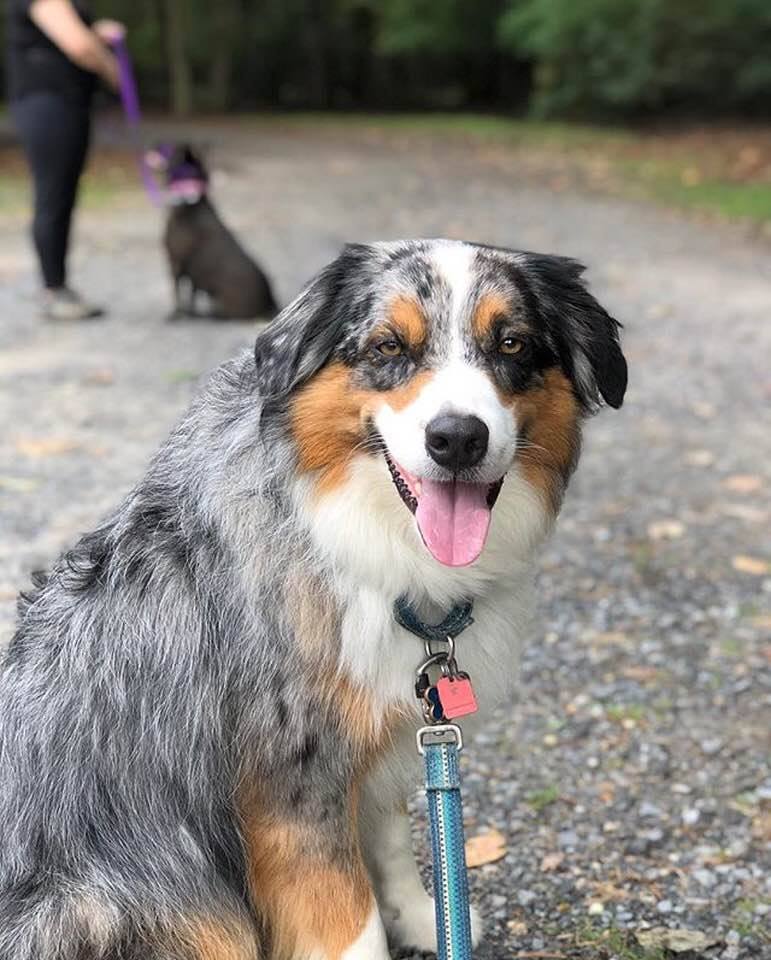
Step 1: Initial Introductions and Structured Walking
When you arrive home, before bringing your new dog inside, bring your current family dog outside on leash. You will need two people for this! Take both do.gs, each being handled by separate people, on a walk with each other (dogs should be walking parallel to each other). After several minutes of walking, let one dog casually wander over to sniff the other dog’s rear end. This greeting should last no more than 3 seconds. Keep walking. Wait a few more minutes and allow the other dog to sniff the rear end. The greeting should last no more than three seconds. Keep walking. Repeat this activity a few times until the dogs seem fairly relaxed. You can then allow your dogs to meet each other on leash. Each person should stand opposite each other, with the dogs in between and keep the dogs’ leashes loose.
Allow the dogs to greet each other, and look for the following signs:
| Good Signs: |
Bad Signs: |
|
Play Bows Loose Tail Wagging Wiggly Body Language Relaxed Mouth Big Doggie Smile Soft Eyes |
Stiff Body Posture Whale Eyes (Whites of Eyes Showing) or Dilated Pupils Tail Tucked or Still and Erect Growling or Teeth Barred Tight Jaw or Chatting Teeth Hair Standing Up on Back |
Once the dogs seem tired and relaxed, you can start to head home. If you have multiple dogs already living in your household, be sure to introduce the new dog to one dog at a time. It can be overwhelming for all involved if the greetings happen all at once! Important!!! If you see a lot of uncomfortable, fearful or aggressive signals from either dog, please give both dogs some time out in separate rooms or crates and repeat this procedure! Don’t rush this step! It may take several days or even weeks of structured walking to facilitate good greetings and form a positive relationship. Keep dogs separated in the house until a good relationship has started. Do not proceed to step 2 until your dogs are very comfortable with step 1.
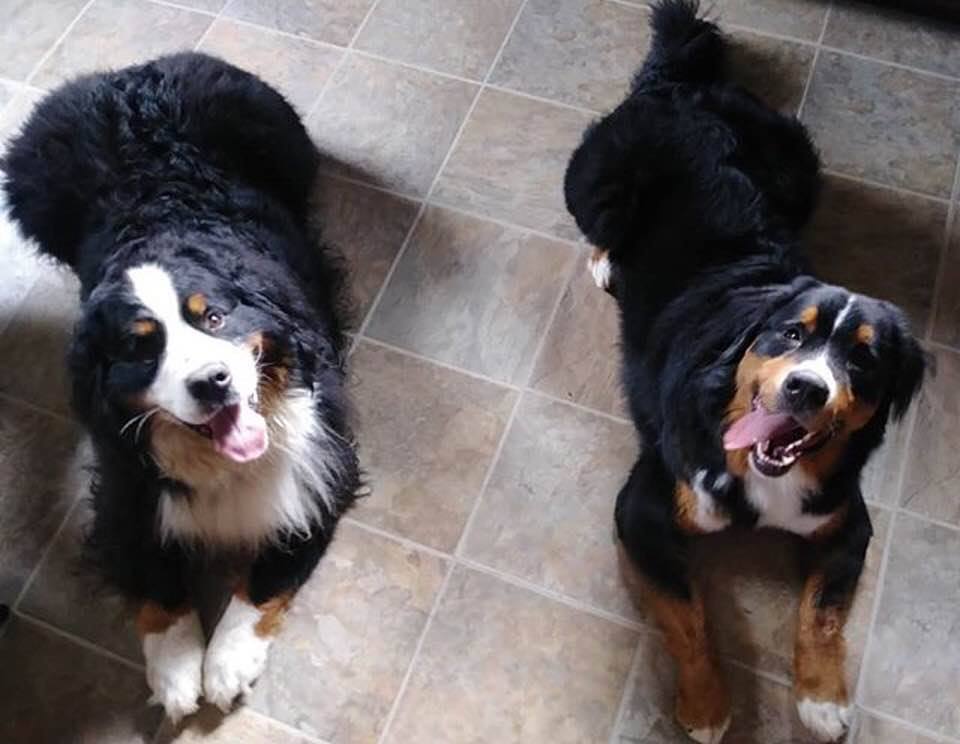
Step 2: Entering the House
If you were successful with step 1 it is time for the next step. Before bringing both dogs inside, make sure that all toys, rawhides, bones and food bowls are put away. When entering the house, the dogs should be kept on leash until you feel comfortable with supervised off leash time. For the first several weeks (or more) the dogs should never be left alone together unsupervised! When you cannot supervise them, place the dogs in separate crates or rooms. Important!!! Just like people, dogs that love each other need time to themselves, especially in the early stages of their relationship (first 3 months). Be sure to give both dogs alone time while they are enjoying each other’s company. Do not wait until the dogs are agitated with each other to give a time out, as this may cause negative associations next time they see each other.
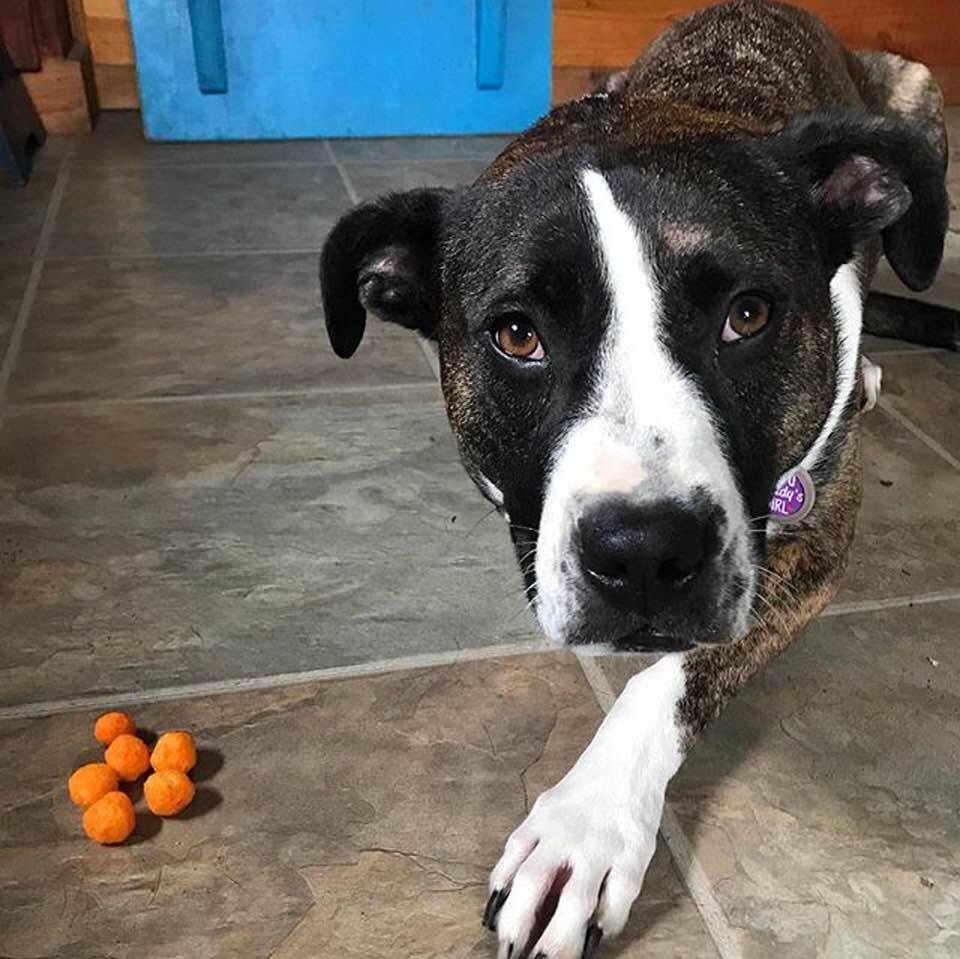
Step 3: Meals and Toys
Mealtimes for the dogs should be in separate areas. This will help ensure each dog eats their whole meal, and it will prevent any guarding behaviors. Utilize crates or separate rooms to feed each dog for the first 2-3 months. When offering chew toys to the dogs, make sure there is something for everyone. At first, play or chew sessions should be separate for the dogs, with a ratio of one person per dog. If no bullying or guarding behaviors are seen, the dogs can be allowed to play with toys together. Like mealtimes, chew toys, rawhides and Kongs should be given to the dogs separately. Important!!! If any bullying or resource guarding is seen, please call a certified trainer for help! Also, not all toys are created equal! Just like humans, dogs have preferences on types, materials, and kinds of play or chew toys. Be careful when introducing new chew or play toys to make sure guarding does not occur.
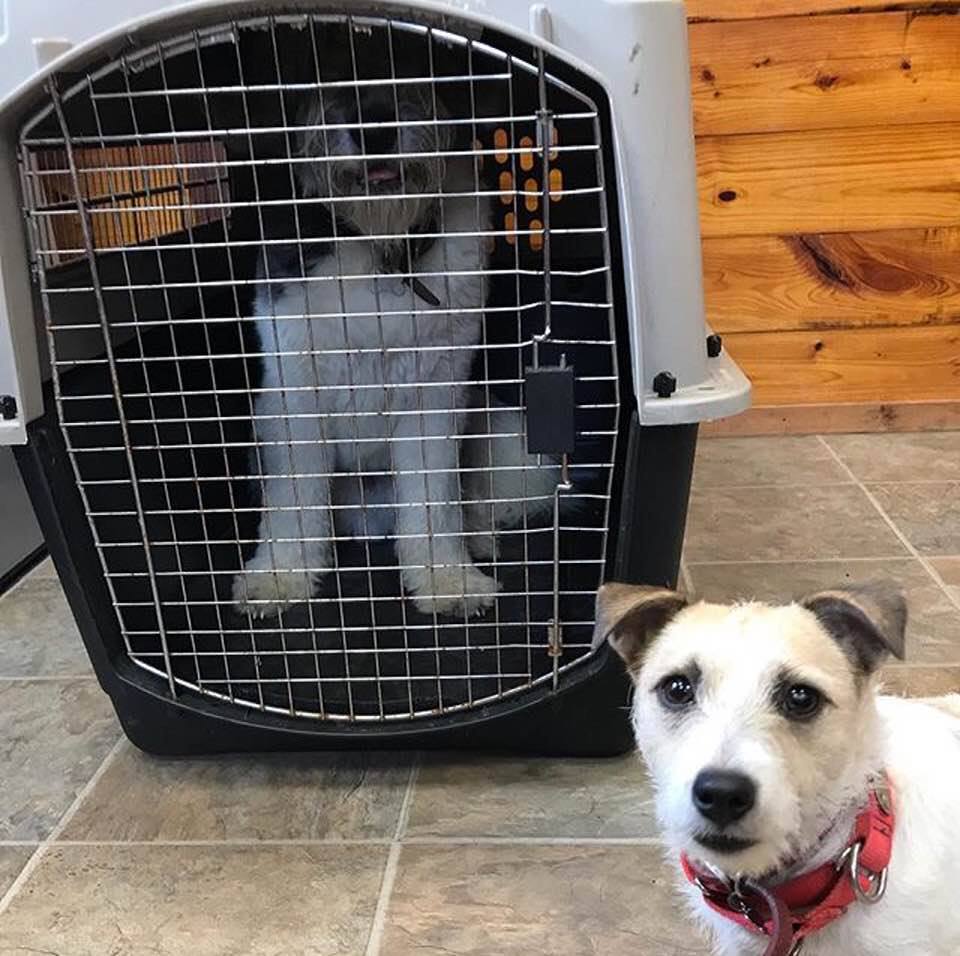
Step 4: Time Together and Apart
As your current dog has now just gotten a roommate, it is good to think about how to build their bond and when to give them some time alone.
Bond Building Activities: Activities that you can do with both dogs to help them learn to love each other Take the dogs for a walk! The dogs get to do something they love and transfer those positive feelings to their new buddy Always practice Positive Reinforcement Training. Fun training games in which the dogs get rewarded is a great way to keep your dogs happy around each other. Or take a trip to the pet store!
Constructive Alone Time: As wonderful as it is to have a roommate, sometimes a dog just needs some time to itself! Make sure to give each dog a little individual attention each day.
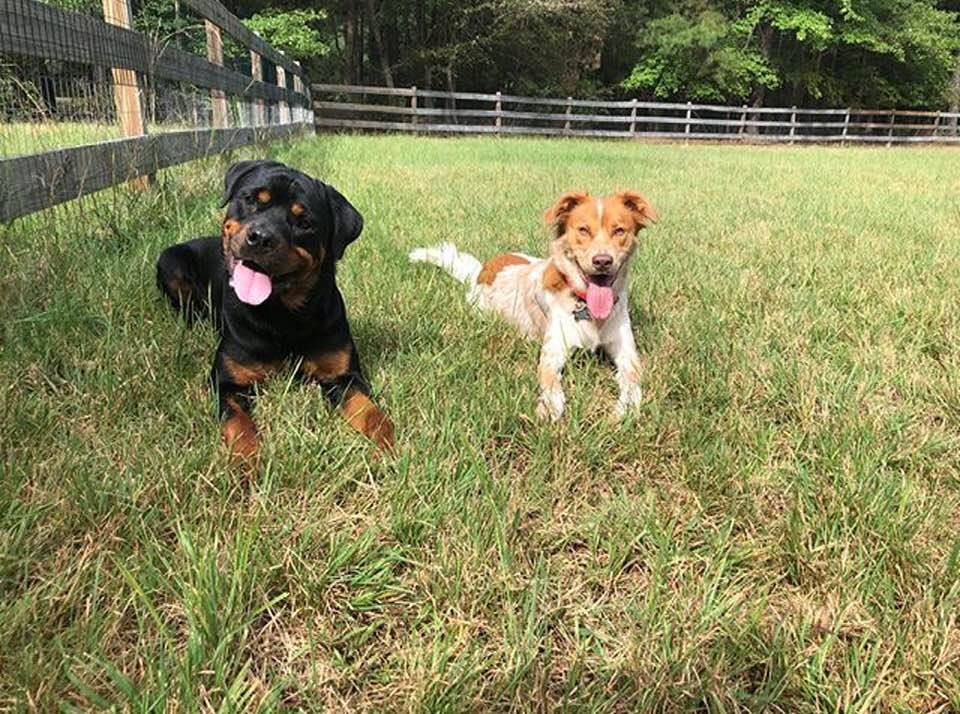
Step 5: Rules
It is important for both dogs to follow the same rules in the house. If one dog is expected to sit and wait to eat their food, both dogs have to do it. If you haven’t thought about the household rules before, this is a great time to start! Make sure all the people in your house are on the same page, and stay consistent.
What if I need help?
Knowing what’s normal for your dog and reaching out for help before a behavior issue becomes too much is the best way to keep your newly enhanced family happy! If you notice abnormal behaviors; abnormal aggression; or the transition is not moving smoothly, it may be time for a professional. Give us a call, or log onto the Certification Counsel for Professional Dog Trainers’ website at www.ccpdt.org.
We have this as a PDF! Download, print, and share.

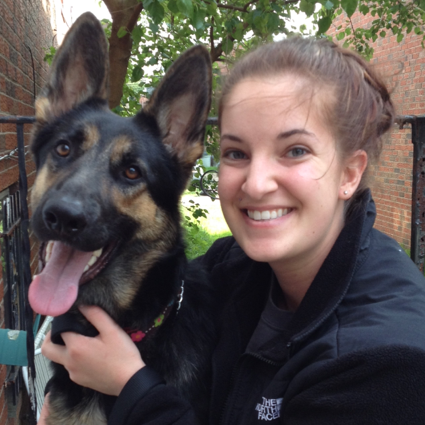
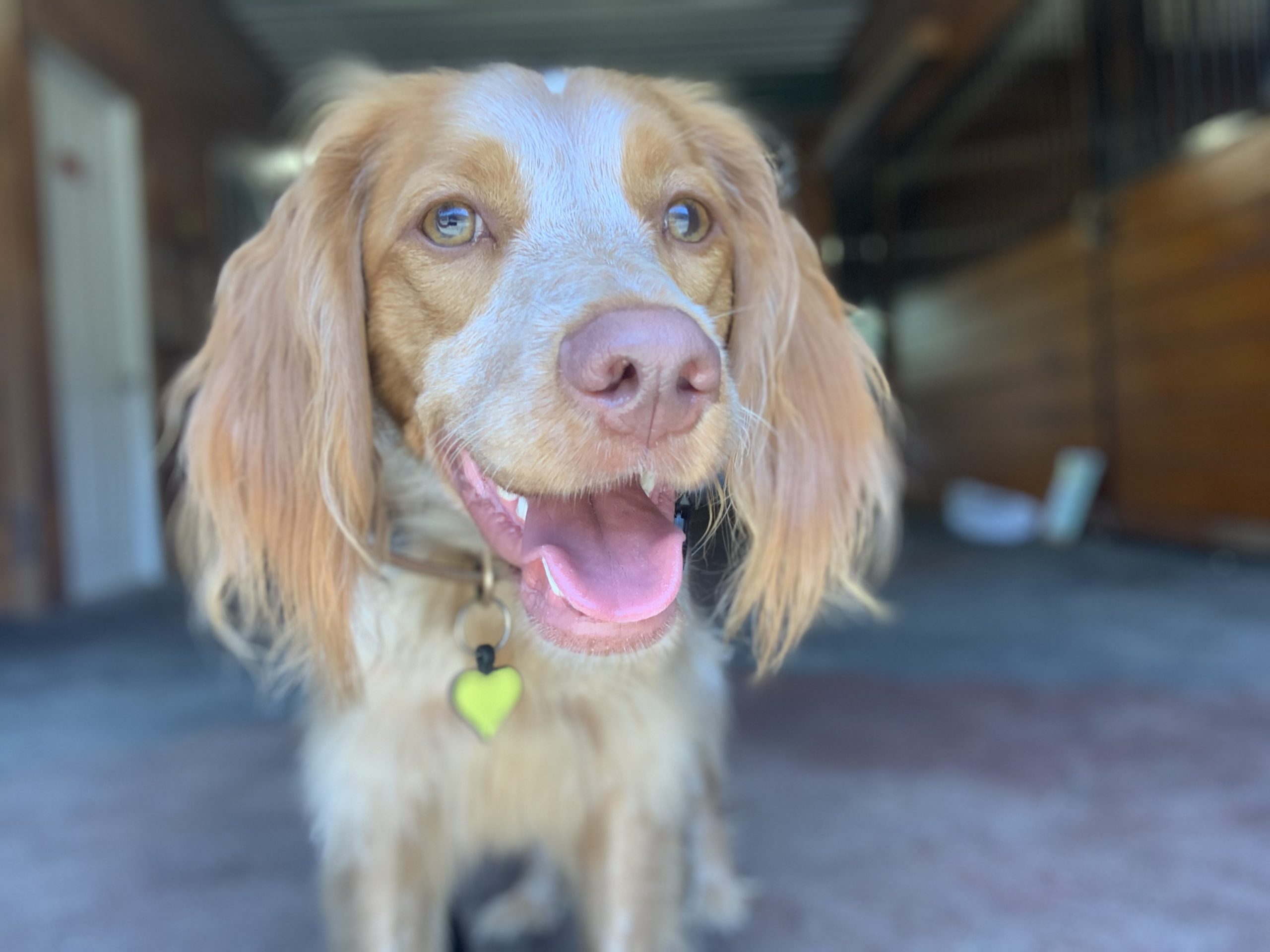
it is not safe to assume that your dogs are already best friends! Keep in mind that even the most compatible dogs may have disagreements or may need time to allow their relationship to grow and flourish.
Comments are closed.